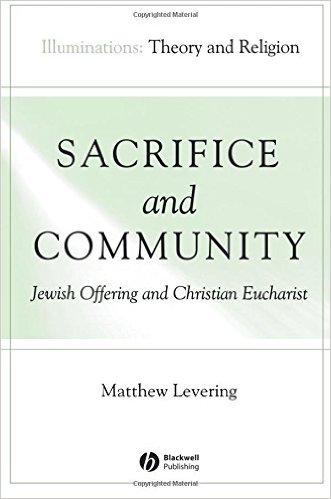Jeg leste i dag tidlig en artikkel skrevet av P. Cassian Folsom, O.S.B., som tar opp dette temaet. Der skriver forfatteren bl.a.:
… For some 1600 years previously, the Roman rite knew only one Eucharistic Prayer: the Roman canon.
In the average parish today, Eucharistic Prayer II is the one most frequently used, even on Sunday. Eucharistic Prayer III is also used quite often, especially on Sundays and feast days. The fourth Eucharistic prayer is hardly ever used; in part because it is long, in part because in some places in the U.S. it has been unofficially banned because of its frequent use of the word «man». The first Eucharistic Prayer, the Roman canon, which had been used exclusively in the Roman rite for well over a millennium and a half, nowadays is used almost never. As an Italian liturgical scholar puts it: «its use today is so minimal as to be statistically irrelevant».
This is a radical change in the Roman liturgy. Why aren’t more people aware of the enormity of this change? Perhaps since the canon used to be said silently, its contents and merits were known to priests, to be sure, but not to most of the laity. Hence when the Eucharistic Prayer began to be said aloud in the vernacular, with four to choose from — and the Roman canon chosen rarely, if ever — the average layman did not realize that 1600 years of tradition had suddenly vanished like a lost civilization, leaving few traces behind, and those of interest only to archaeologists and tourists.
What happened? Why did it happen? How should we respond to the new situation? These questions are the subject matter of this essay.
Til spørsmålet om hvorfor dette skjedde, skriver han bl.a.:
1. Advances in liturgical studies
The first reason is quite straightforward. Decades of scholarly research in the area of the anaphora, both eastern and western, had resulted in a considerable corpus of primary texts and a corresponding body of secondary literature. …
2. Dissatisfaction with the Roman Canon and architectural functionalism
A second reason for the change from one Eucharistic Prayer to many was dissatisfaction, on the part of some liturgical scholars, with the Roman canon. I would like to argue that there is a connection between this dissatisfaction and 20th-century architectural functionalism.
The man who best illustrates this theory is Cipriano Vagaggini. In Vagaggini’s book on the Roman canon, prepared for Study Group 10 of the Consilium (the group responsible for implementing the Council’s reform), the basic argument in favor of change is that the Roman canon is marred by serious defects of structure and theology. Vagaggini summarizes his argument in these words: «The defects are undeniable and of no small importance. The present Roman canon sins in a number of ways against those requirements of good liturgical composition and sound liturgical sense that were emphasized by the Second Vatican Council.»
The structural defects show themselves in the disorderliness of the Canon, according to Vagaggini. It gives the impression of an agglomeration of features with no apparent unity, there is a lack of logical connection of ideas, and the various prayers of intercession are arranged in an unsatisfactory way. …
Not only is the Roman Canon marred by structural defects, according to Vagaggini, but there are a number of theological defects as well. The most grievous of these theological problems is the number and disorder of epicletic-type prayers in the canon and the lack of a theology of the part played by the Holy Spirit in the Eucharist.
Liturgical historian Josef Jungmann counters this critique of Vagaggini’s by pointing out that Vagaggini is a systematic theologian who wanted to impose a certain preconceived theological structure on the Eucharistic Prayer. Since Vagaggini had a particularly keen interest in the pneumatological dimension of the liturgy, his new Eucharistic Prayers (III and IV) give a decided emphasis to the Holy Spirit.
Jungmann refers to Vagaggini’s famous book, Il senso teologico della liturgia to reinforce his argument. What we have here, says Jungmann, is the personal theology of the author, not the universal theology of the Church. …
Verken Jungmann eller Bouyer (jeg har nettopp lest dem begge) er enige i at det er noen strukturelle eller innholdsmessige problemer med første eukaristiske bønn – tvert imot, Bouyer har ikke annet enn godt å si om den. Og P. Folsom er nok en forsiktig mann, for det eneste han foreslår at man skal gjøre med denne situasjonen, er som prester å bruke første eukaristiske bønn oftere.
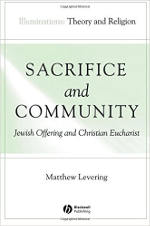 Jeg har akkurat lest ferdig kapittel 2 i Matthew Leverings bok Sacrifice and Community (som jeg skrev om her), et kapittel han kaller The Eucharist and Expiatory Sacrifice. Her sier han først at reformert jødedom og noen moderne kristne teologer egentlig ikke ønsker å snakke om soning for synd i det hele tatt. Levering, derimot, siterer Aquinas og Paulus svært grundig og viser at og hvordan menneskenes synder måtte sones for Gud, og hvordan Kristi offer på korset gjorde akkurat dette. Deretter knytter han dette sonofferet til eukaristien, og viser hvordan dette offeret gjentas i messens hellige offer «not as a distinct oblation, but a commemoration of that sacrifice which Chist offered». Og så avslutter han kapittelet slik:
Jeg har akkurat lest ferdig kapittel 2 i Matthew Leverings bok Sacrifice and Community (som jeg skrev om her), et kapittel han kaller The Eucharist and Expiatory Sacrifice. Her sier han først at reformert jødedom og noen moderne kristne teologer egentlig ikke ønsker å snakke om soning for synd i det hele tatt. Levering, derimot, siterer Aquinas og Paulus svært grundig og viser at og hvordan menneskenes synder måtte sones for Gud, og hvordan Kristi offer på korset gjorde akkurat dette. Deretter knytter han dette sonofferet til eukaristien, og viser hvordan dette offeret gjentas i messens hellige offer «not as a distinct oblation, but a commemoration of that sacrifice which Chist offered». Og så avslutter han kapittelet slik:

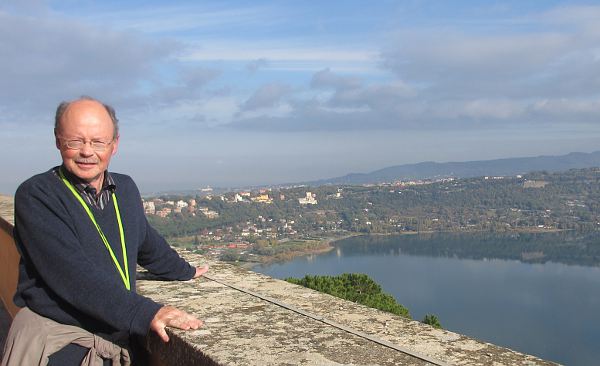
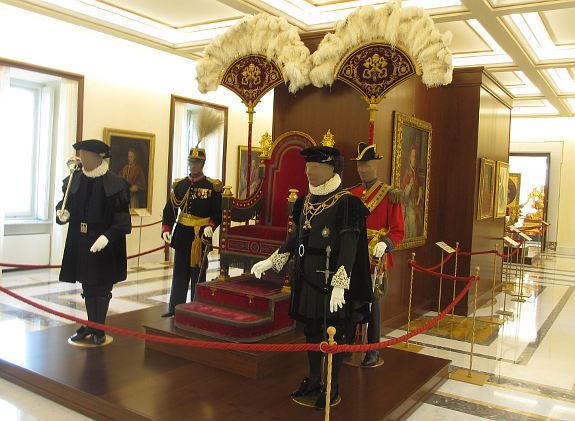

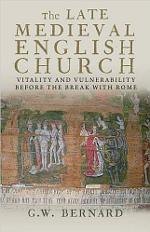 Boka jeg leser på bildet er The Late Medieval English Church: Vitality and Vulnerability Before the Break with Rome, av G. W. Bernard.
Boka jeg leser på bildet er The Late Medieval English Church: Vitality and Vulnerability Before the Break with Rome, av G. W. Bernard. 